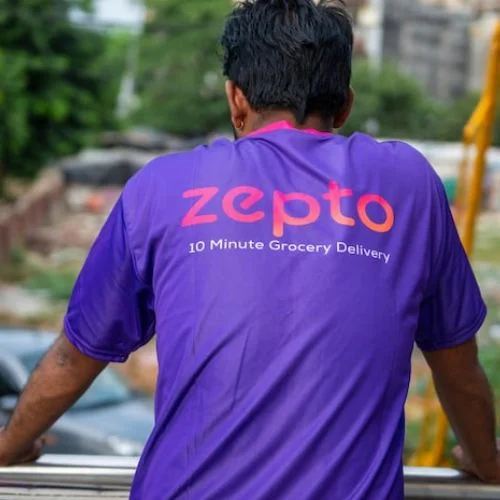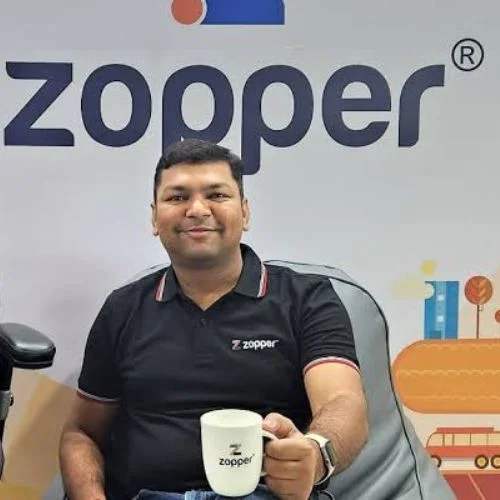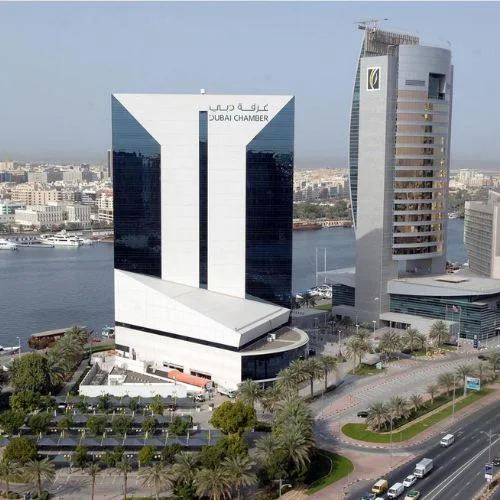In the face of economic uncertainty, half of Indian consumers choose living in the moment above financial caution, according to a Mintel survey issued on Thursday.
Every civilization is guided by a set of basic principles that are deeply ingrained in its inhabitants. The degree of these basic values may vary depending on an individual’s geographical region, social and economic standing, and educational and professional experience, but the essence remains constant. M
Indian customers are usually family-oriented, thrifty, devout, and believe in commemorating every event. These people are well-versed in mythology and customs. And because of the variety of land and water, they love their meals the greatest. It is past time for us to learn about their essential ideals.
Indians, like other Asian customers, prefer spicy and hot dishes. Because of taste bud variances, it is difficult for international businesses to enter the Indian market with their own product and become popular.
According to the report, 50% of Indian buyers prefer to enjoy life now rather than prepare for the future, with Gen-Z urban men (68%) leading the trend in indulgence, notably in apparel and accessories.
According to the findings, spending patterns are shifting across populations. Women over 45 are progressively spending on health and wellbeing, while women in smaller cities are spending more on beauty and personal care.
The rising market impact of Generation Z is visible as they participate in more online buying, boosting brand exposure.
“Consumers are seeking relief from ongoing stress amid rising prices due to global inflation…They are looking for affordable indulgences that can bring comfort and solace without being too hard on their wallet,” Saptarshi Banerjee, senior lifestyle analyst, Mintel India.
The projected 116 million Gen-Z population in India includes a sizable section of urban consumers aged 15 to 55. According to Mintel, they are distinguished by heightened individuality and a tendency to value themselves more than other groups.
Inflation, on the other hand, may push these consumers to adopt more thrifty habits shortly, with many (68%) likely to cut down on fashion purchases over the next year, compared to eating and grooming costs.
Banerjee noted that as the fast fashion industry faces heightened scrutiny over sustainability concerns, apparel, and accessory brands may find more success by emphasizing durability and reusability. “Sustainability can effectively resonate with even price-conscious shoppers when it is coupled with cost savings.“
He highlighted the possibilities for fashion businesses to leverage the surge in spending among younger city residents by increasing their online presence and appealing to aspirational and wealthy buyers in lower-tier cities via e-commerce platforms.















